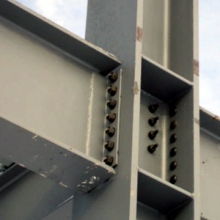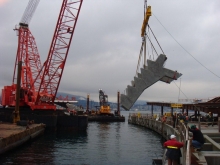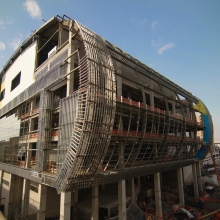Understanding the Building Codes
Due diligence. In different segments of the AEC industry, these words mean different things, but they boil down to this: Do your homework before you plan, design, or build. In the matter of building codes, due diligence can mean the difference between a successful inspection or a rejection, between obtaining occupancy on schedule and experiencing a delay.











